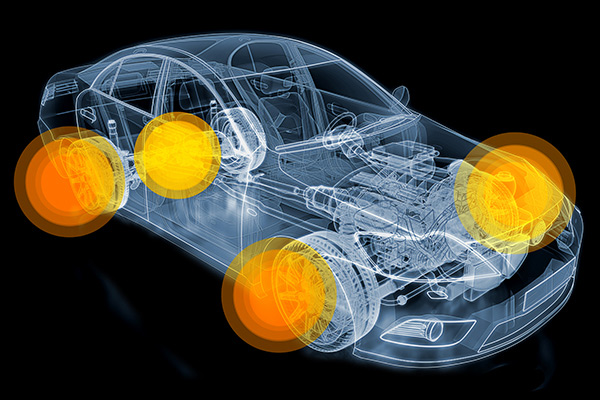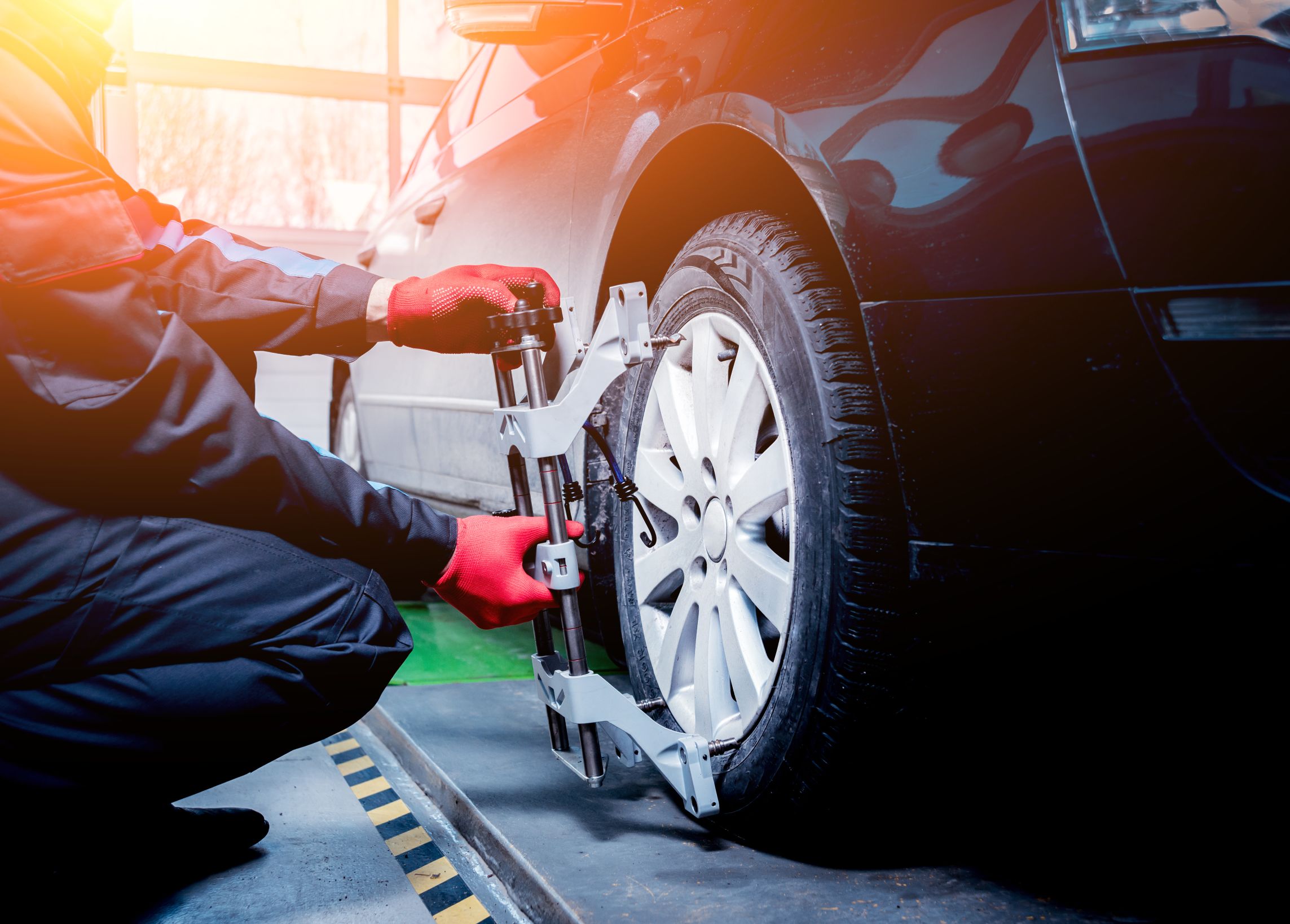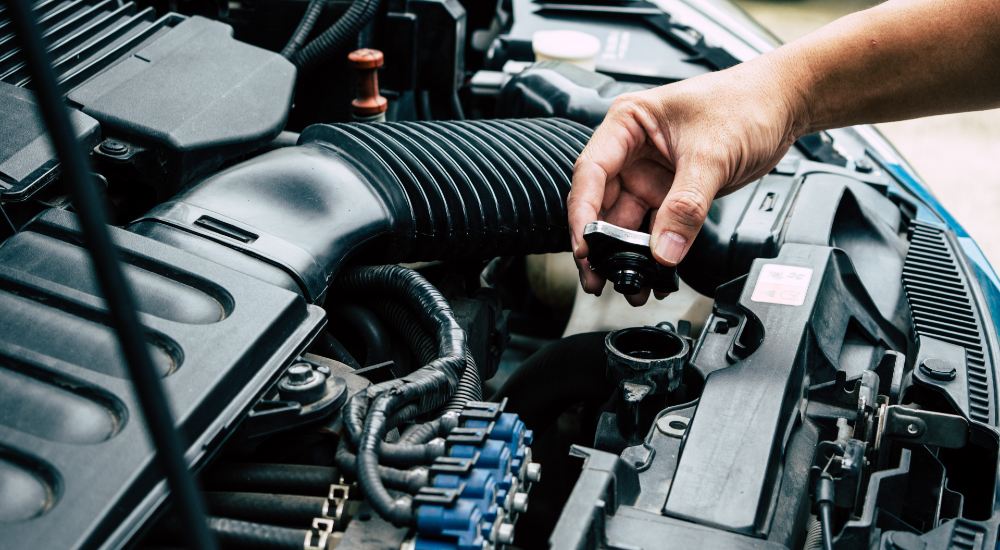Driving safely during the fall months requires more than just cautious driver behavior though, your car also needs some attention. Here are 10 practical tips to help get your car ready for fall!
1. Check the brakes and tires. Inclement weather and associated road conditions and other hazards require good stopping power. That means good brakes and tires. If the tires have wear bars showing, say the experts, you need to replace the tires. Most good brake and tire shops will inspect the brakes and tires at no charge. Also check the tire pressure, as tire pressure drops when the outside temperatures plummet. Keep the pressure at levels recommended by the vehicle manufacturer.
2. Check the lights. Walk around the outside of the car and check the operation of all lights: headlights, taillights, parking lights, brake lights and emergency flashers. Replace all broken bulbs and those that have stopped working. Make sure all lights are clean. If you own an older vehicle with sealed-beam headlamps, you might want to pony up for halogen lamps for improved visibility and safer driving.
3. Replace wiper blades. The purpose of wiper blades is to completely clear the windshield. Cracked or worn blades won’t do an adequate job. Check the blade’s rubber to ensure it is flexible and operate the wipers to see that the blades clear the glass. Replace worn blades.
4. Make sure heater/defroster work. Driving with an improperly working heater isn’t fun or safe. Driving with fogged-up windows is an accident waiting to happen. Check front and rear window defrosters to ensure proper working condition. If necessary, have heater and defroster systems repaired.
5. Have the battery checked. A fully charged battery is necessary to start the car in cold weather. Have the battery and charging system inspected by a trained technician who can replace it if required. If you see signs of corrosion on the battery terminals or cable ends or if you spot loose connections, your battery needs attention.
6. Inspect under the hood. Looking under the hood will allow you to identify any obvious signs of wear or items that need replacing or fixing. Look for leaks, cracks or loose clamps in the cooling system and squeeze the hoses and replace any that are spongy-feeling or brittle. Inspect the underside of drive belts for fraying and replace as required. If you’ve noticed any engine noises, experienced sputtering or other engine problems, have a licensed mechanic thoroughly inspect the engine and make any necessary repairs.
7. Change oil and air filter. If the oil is dirty or you’re at your recommended oil change time, change the oil. Also check the air filter to ensure that it is clean enough to allow for proper operation. If you can’t see light through it when you hold it up to a 60-watt bulb, it’s time to replace the air filter.
8. Refill cooling system. Experts such as AAA recommend checking the coolant level in the overflow tank when the engine is cold. If the level is too low, add a 50/50 solution of water and coolant to allow proper antifreeze capability. It may be necessary to refill the cooling system.
9. Check all fluid levels. This includes washer fluid, along with transmission, brake and power steering fluids. Make sure they are all at or above minimum safe levels and refill as necessary.
10. Get a good car wash/detail. It may sound crazy, spiffing up your car with an extra-special wash or even a detail, but when your vehicle is clean, it’s easier to spot any potential problems.










